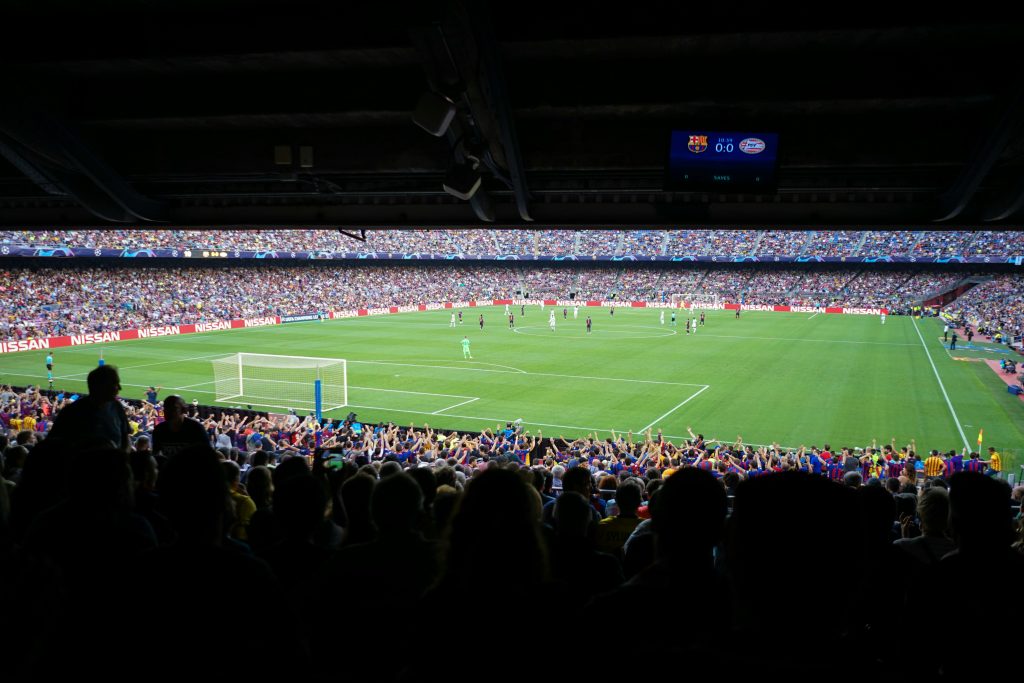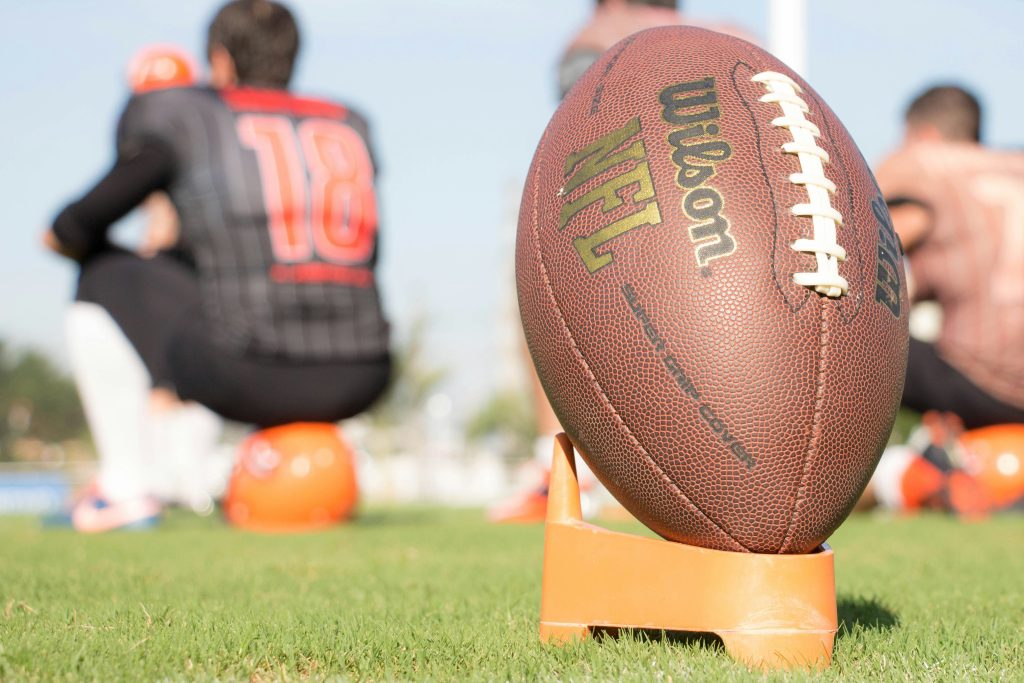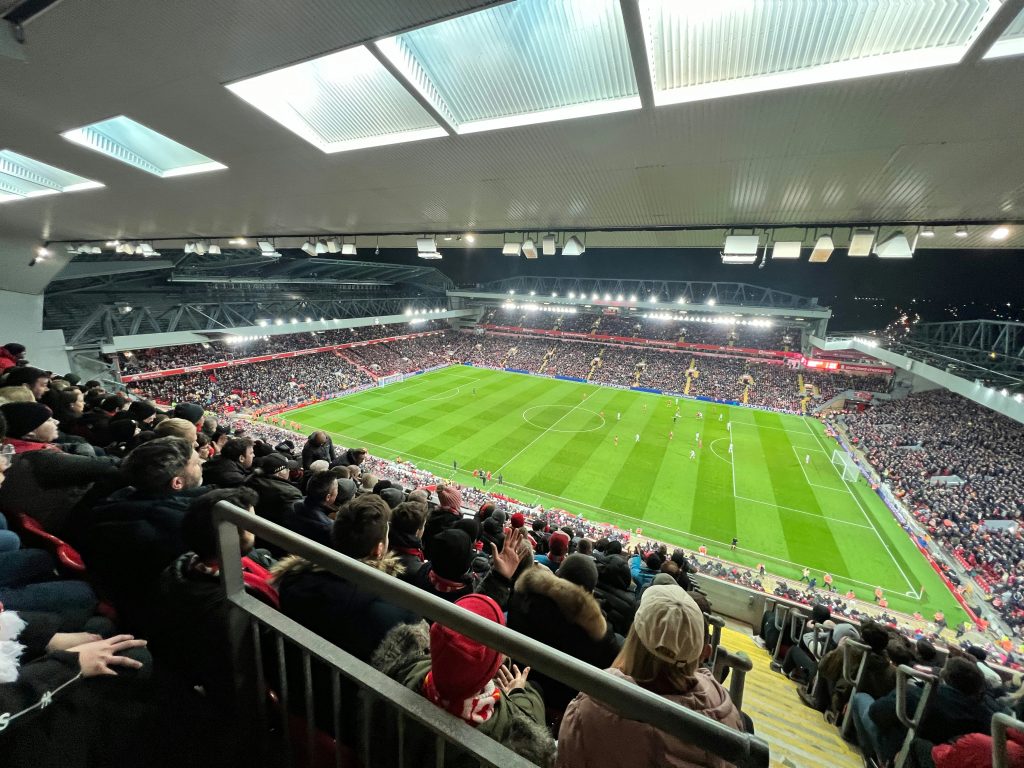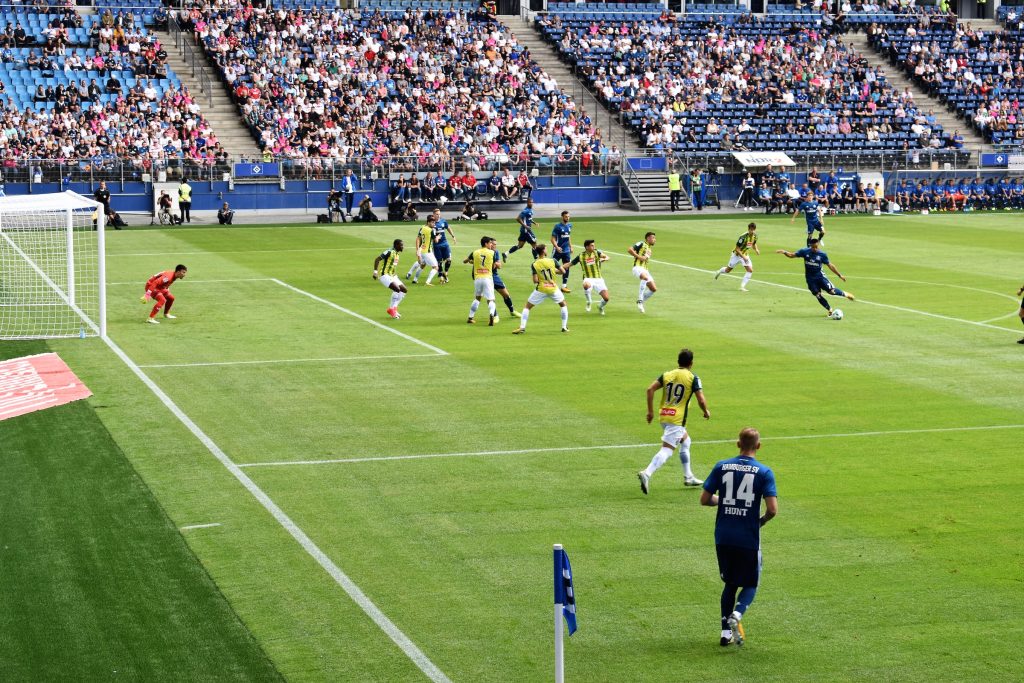The 4-2-3-1 formation is one of the most popular and versatile tactical setups in modern football. It provides a balanced approach that combines defensive solidity with attacking creativity. Understanding this formation involves examining its structure, roles, strengths, and weaknesses.

Structure and Roles
The 4-2-3-1 formation is composed of four defenders, two holding midfielders, three attacking midfielders, and one central striker. Here’s a detailed breakdown of each position and their primary responsibilities:
1. Goalkeeper (1): The last line of defense, responsible for shot-stopping, organizing the defense, and distributing the ball.
2. Defenders (4):
– Right Back (RB) and Left Back (LB): These full-backs support both defense and attack. They must be adept at tackling, crossing, and sometimes overlapping to provide width.
– Center Backs (CBs): The two central defenders focus on stopping the opposition’s attacks, winning aerial duels, and maintaining a strong defensive line.
3. Holding Midfielders (2):
– Defensive Midfielders (CDMs): These players shield the defense, break up opposition play, and often initiate attacks. One may play a more defensive role while the other might support the attack more.
4. Attacking Midfielders (3):
– Central Attacking Midfielder (CAM): Often the playmaker, this player creates scoring opportunities, links play, and can also score goals.
– Left and Right Attacking Midfielders (LAM/RAM): These players provide width, deliver crosses, and cut inside to support the striker.
5. Striker (1):
– Center Forward (CF): The main goal scorer, responsible for finishing chances, holding up the ball, and pressing the opposition’s defense.
Strengths of the 4-2-3-1 Formation
1. Defensive Solidity: The formation’s two holding midfielders provide a strong shield for the back four, making it difficult for opponents to penetrate through the middle.
2. Flexibility: The 4-2-3-1 can easily transition between defense and attack. The midfielders can drop back to form a solid defensive block or push forward to support the lone striker.
3. Creative Freedom: The three attacking midfielders have the freedom to interchange positions, create scoring opportunities, and exploit spaces, adding unpredictability to the team’s attack.
4. Control of Midfield: With five players across the midfield line, teams can dominate possession, control the tempo, and dictate the play.
Weaknesses of the 4-2-3-1 Formation
1. Dependence on Full-Backs: The formation relies heavily on the full-backs for width, which can leave the defense vulnerable if they are caught out of position.
2. Lonely Striker: The lone striker can become isolated, especially against teams that play with three center-backs, making it difficult to hold up the ball or create scoring opportunities.
3. Space in Wide Areas: If the wide attacking midfielders do not track back, the formation can leave spaces on the flanks for the opposition to exploit.
Tactical Variations and Adjustments
Coaches often tweak the 4-2-3-1 formation based on the team’s strengths and the opponent’s weaknesses. Some common variations include:
– 4-3-3 Transition: By pushing the wide attacking midfielders higher up the pitch, the formation can shift to a 4-3-3, adding more attacking options.
– 4-4-1-1 Defensive Setup: Dropping the wide attacking midfielders back can create a more compact 4-4-1-1 shape, ideal for defending a lead.
– Dynamic Midfield Roles: One of the holding midfielders may play a box-to-box role, providing additional support in attack while the other stays back to maintain defensive balance.
Examples of Successful Implementation
Many top clubs and national teams have used the 4-2-3-1 formation successfully. For instance:
– Real Madrid: Under José Mourinho, Real Madrid used the 4-2-3-1 formation to great effect, balancing defensive solidity with the attacking prowess of Cristiano Ronaldo, Mesut Özil, and Karim Benzema.
– Germany National Team: Germany’s World Cup-winning team in 2014 often employed the 4-2-3-1, leveraging the creative talents of players like Thomas Müller, Mesut Özil, and Toni Kroos.
The 4-2-3-1 formation remains a favorite among football coaches due to its balance and versatility. By providing a solid defensive base while allowing for creative attacking play, it suits various styles and player types. Understanding the intricacies of each role and how to exploit the formation’s strengths while mitigating its weaknesses is key to its successful implementation on the field.













